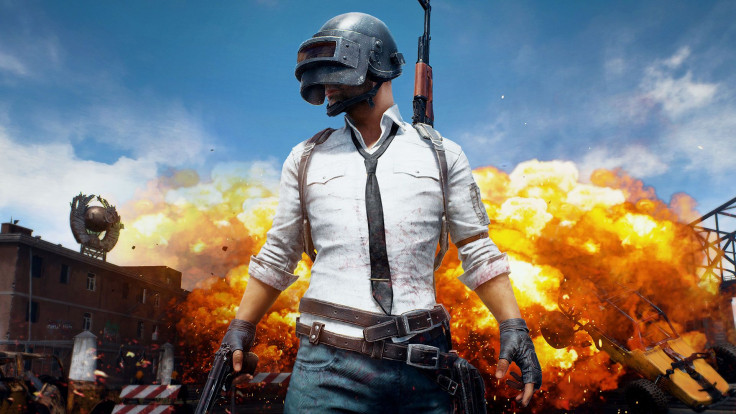Before PlayerUnknown’s Battleground became a massive hit, developer Brendan Green’s battle royale mods were pretty popular. One of his most popular creations is Day Z: Battle Royale, which is basically a mod built on top of another. Unfortunately, it did not become a cult classic until developer Bluehole tapped him to develop PUBG.
PUBG then set to become a game with the most simultaneous players on Steam, boasting a pool of 3.2 million in January last year. Since its arrival, countless imitators followed and even took a hit on the game’s success. One of these is none other than Fortnite, which has since dominated the battle royale scene.
One can say that PUBG’s reign feels like eons ago, but its popularity has never dwindled. Last December, PUBG Corp. revealed that the game’s mobile version had accumulated more than 200 million users. For comparison, Fortnite was able to obtain the same range during that time (although on all platforms, not just mobile).
Fortnite’s arrival has really changed the scene, especially when it became a huge hit in the market. It is a dominant force in mainstream media, while PUBG continues its existence in relative silence. Although the latter has been overshadowed by Fortnite, it is still performing very well in terms of player count. In June 2018, PUBG Corp. said that it already had 400 million players, with 227 million of them logging in monthly.
Although PUBG’s numbers seem to soar regularly, the game's player pool in PC is declining. Still, the game is part of the top three, just right behind CS: GO and Dota 2. So, in a sense, PUBG is still a thriving title.
“In the beginning, we spent all our time explaining what battle royale was,” PUBG Corp. studio director Brian Corrigan said in a press statement. “It definitely hasn’t happened without some growing pains, but it’s been really amazing to see PUBG go from being the first major battle royale game to an established game in the market.”



















